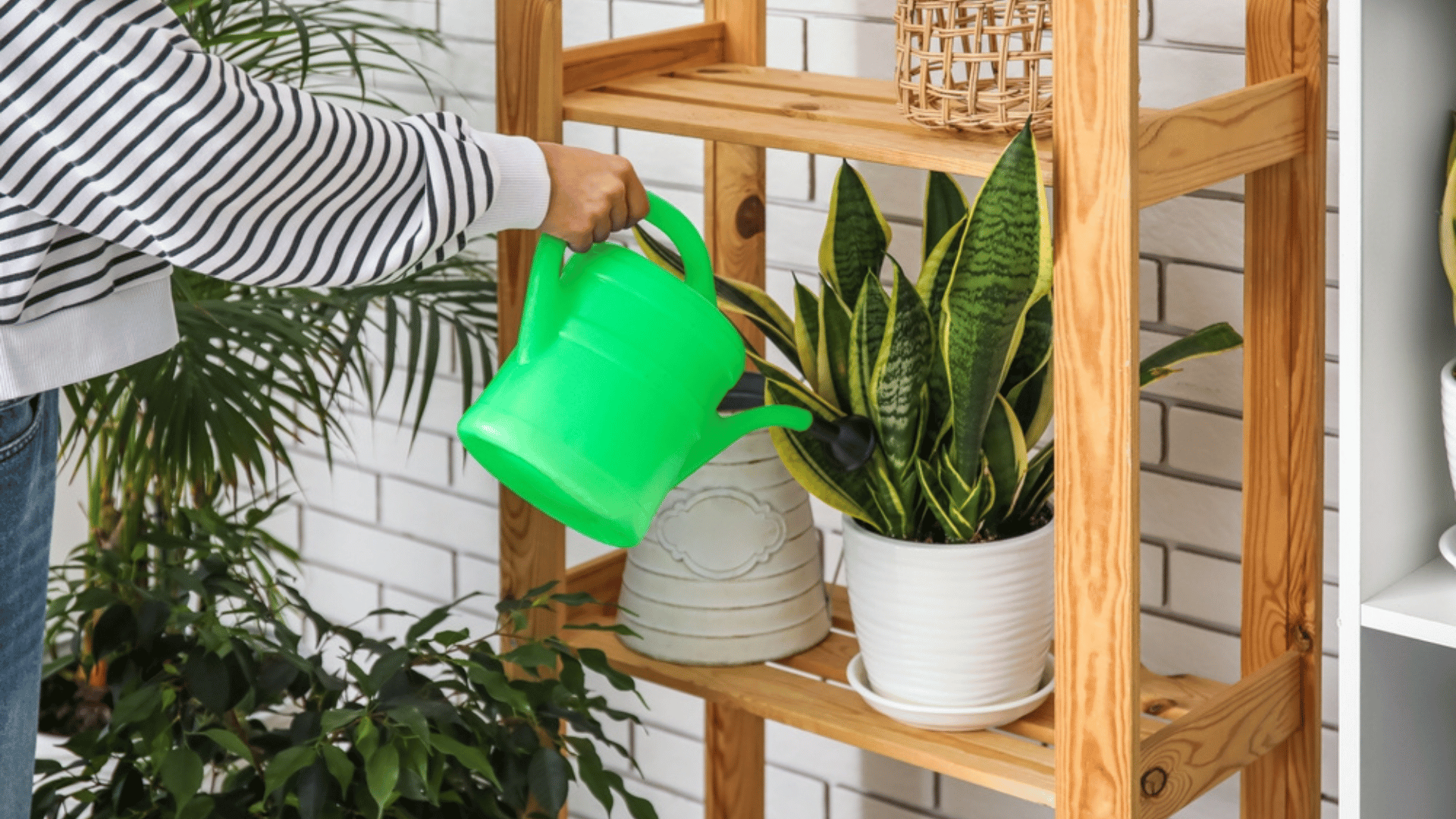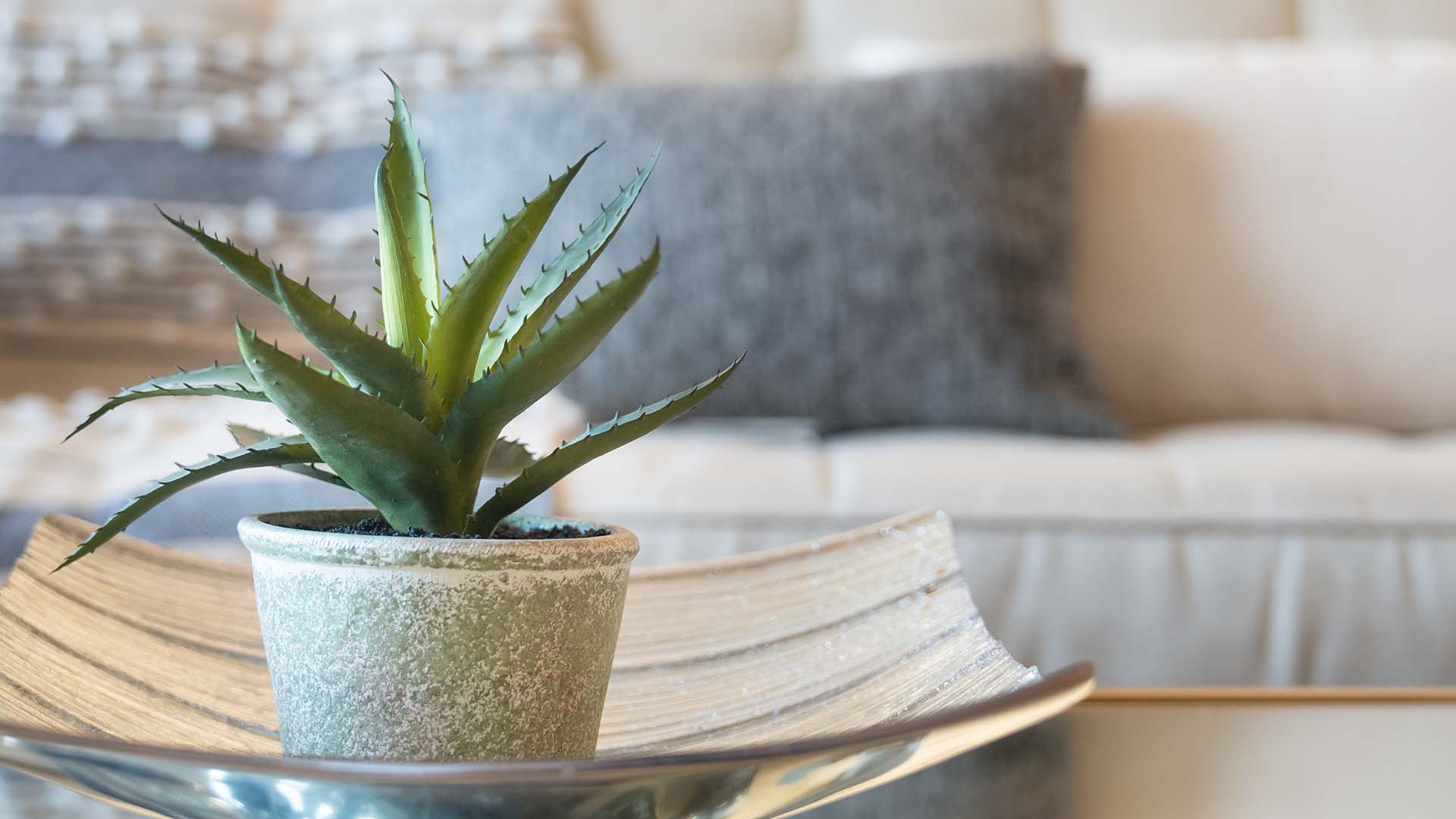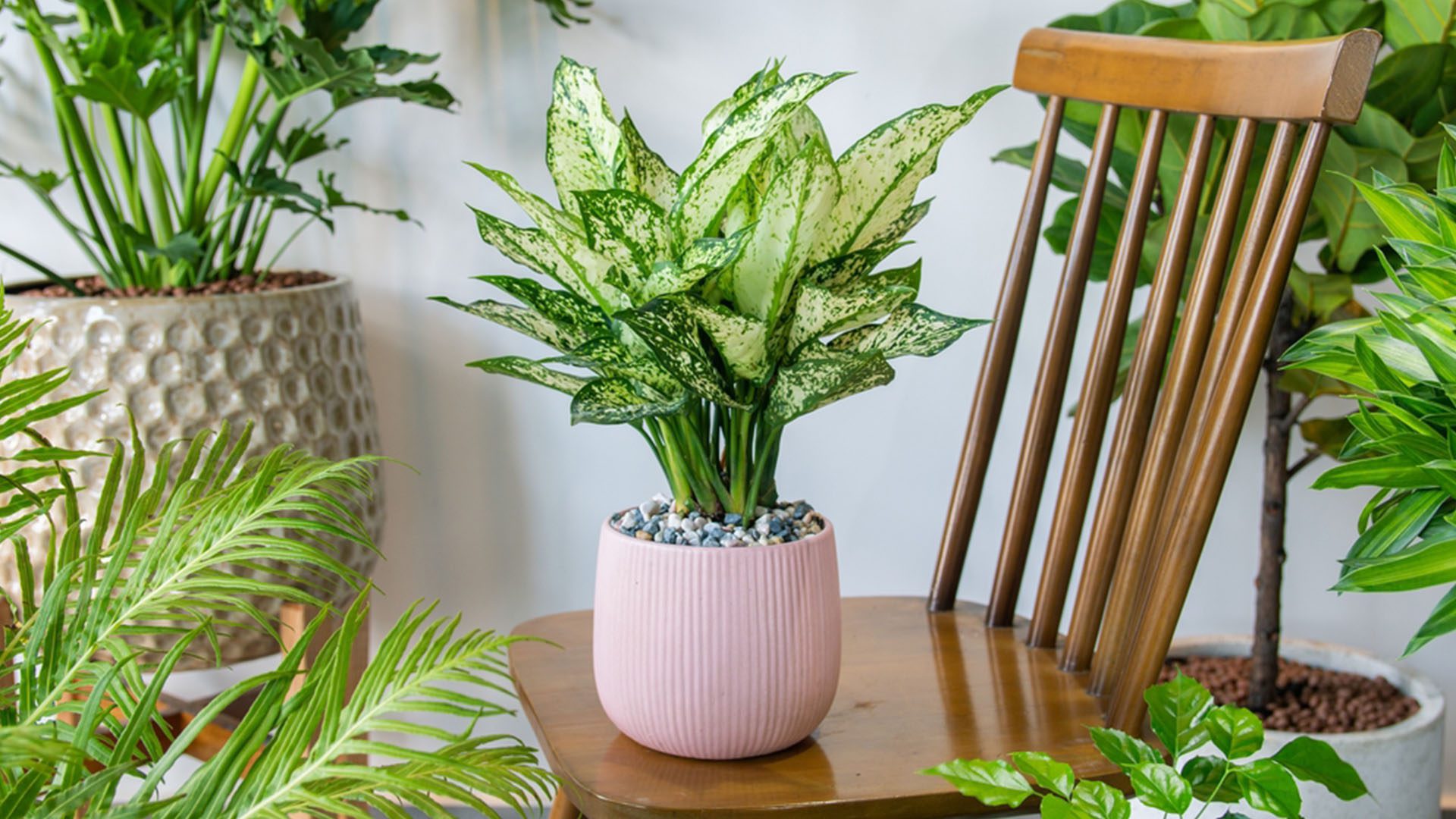Studies have shown that owning indoor houseplants directly correlates with lower levels of stress and anxiety as well as improved indoor air quality. They can, however, come at a cost to the environment.
The trucks that transport plants and synthetic fertilizers cause carbon emissions, plastic pots create unnecessary waste, and harvesting certain soil components tear up slow-forming habitats. Purchase indoor plants ethically and sustainably with these tips.
1) Purchase Plants Locally

Before purchasing a trendy indoor houseplant you found online or from a nursery, take time to research where those plants came from. Many major nursery suppliers are located in Florida and California, which means they could have traveled a long way and created a lot of emissions depending on your location.
Local plant swaps or garden clubs are a great way to save both money and emissions. These are often organized online or on social media websites where other gardeners are happy to provide cuttings of their plants, which you could propagate to grow plants of your own.
“Those groups frequently meet multiple times a year and they share not just plant cuttings and potted plants with each other, but they’ll share knowledge as well and sometimes have community events,” stated Susan Pell, the director of the U.S. Botanic Garden in Washington, D.C.
2) Choose Plants Wisely

Ensure you’re selecting indoor houseplants based on the conditions in your home and your level of experience. While some plants require sunny windows, others require a lot of humidity.
If you purchase the wrong type of plant, you may need to purchase a UV lamp or humidifier to keep it alive. This will cost extra money and, if the plant doesn’t survive, it will waste the resources that went into bringing the plant into your home. For beginner gardeners, start with species such as snake plants, Chinese evergreens, or ZZ plants before moving up to plants that require more attention and care.
3) Utilize Durable Tools

Experts recommend utilizing terra cotta and ceramic pots, which will last much longer than cheap plastic pots that fall apart quickly. Continue to prioritize durability when purchasing plant care tools such as shears, trowels, plant stands, etc.
For gardeners who prefer disposable pots, there are biodegradable versions available which are much more environmentally friendly. If you own a plastic pot and it breaks, instead of throwing it in the trash, do some research to see whether your local government recycles them, and, if not, they could be dropped off at a plant nursery to be recycled.
4) Use Sustainable Soils

One of the least sustainable soil components is peat, a rich brown substance formed from partially decayed plant matter at the bottom of bogs and other wetlands. Experts typically recommend using peat in the soil mix for many plants due to its ability to retain water and add structure to the soil.
But Peat is a precursor to the formation of coal, which means it releases carbon dioxide when it’s harvested and it’s not easily renewable. Peat alternatives such as coconut coir or biochar will also retain water in the soil mix with less environmental damage.
Additionally, try to cut down on petroleum-based fertilizers, which create carbon emissions during their production. You can also utilize organic fertilizers or mix compost from your kitchen into your soil mix as an alternative.







